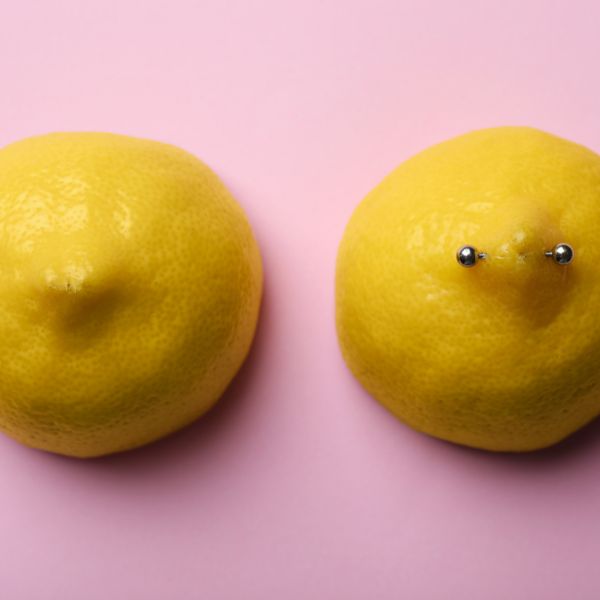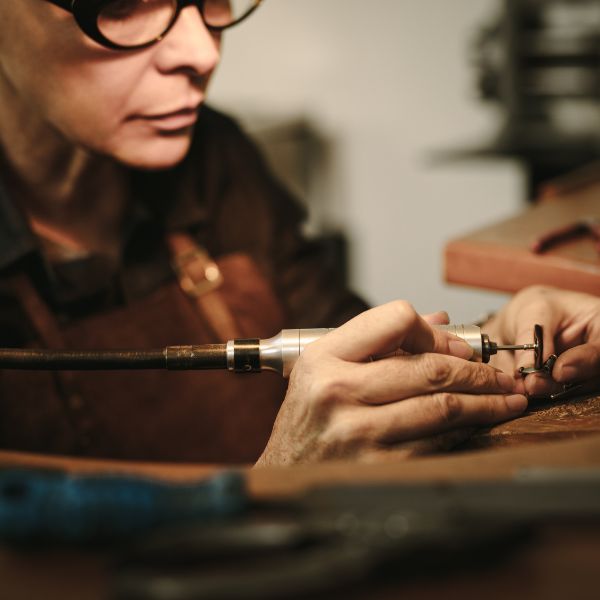Body jewelry has long been a form of personal expression and an integral part of various cultures and traditions around the world. Over the years, it has evolved beyond mere ornamentation to become a statement of identity and style. Traditionally, body jewelry has been associated with specific genders and cultural contexts, but as societal norms continue to shift, body jewelry is now being embraced by all genders, breaking stereotypes in adornment.
The Evolution of Body Jewelry
Historically, body jewelry has been used to signify status, tribe affiliation, or religious beliefs. In many ancient cultures, it served as a rite of passage or a mark of achievement. Over time, body jewelry became a form of fashion, with various styles and trends emerging.
In modern times, body jewelry is no longer limited to traditional or cultural contexts. People of all genders use it as a way to express themselves, whether it's through piercings, tattoos, or other forms of adornment. Body jewelry can range from subtle and elegant pieces to bold and daring designs, allowing individuals to showcase their unique tastes and personalities.
Breaking Down Gender Stereotypes
In the past, body jewelry was often gender-specific. For example, earrings were commonly associated with women, while men were expected to avoid them. However, as society becomes more inclusive and accepting, these stereotypes are being challenged.
Today, individuals of all genders are embracing body jewelry without restrictions. Men are wearing earrings, necklaces, and bracelets, while women are exploring more daring styles such as nose rings and septum piercings. Non-binary and genderqueer individuals are also finding ways to incorporate body jewelry into their personal styles, blurring traditional gender lines.
Personal Expression and Identity
Body jewelry is more than just an accessory; it's a form of self-expression. It allows people to communicate their identity, beliefs, and individuality. For some, a tattoo or piercing may hold personal significance or mark a meaningful experience. For others, it may simply be a way to express creativity and style.
By embracing body jewelry, individuals can break free from traditional gender norms and explore their own unique identities. This freedom allows for a more diverse and inclusive expression of style and personal aesthetics.
The Impact of Social Media
Social media platforms like Instagram and TikTok have played a significant role in promoting body jewelry as a unisex form of adornment. Influencers and celebrities across all genders are showcasing their body jewelry and inspiring their followers to explore new styles and trends. This visibility has contributed to the normalization of body jewelry as a form of self-expression for everyone.
Tips for Choosing Body Jewelry
When choosing body jewelry, it's essential to consider quality and safety. Here are some tips:
- Materials: Choose body jewelry made from hypoallergenic materials such as surgical steel, titanium, or gold to avoid skin irritation or allergic reactions.
- Sizing: Ensure that the jewelry is the correct size for your piercing to prevent discomfort or damage.
- Style: Explore different styles and designs to find pieces that resonate with your personal taste and preferences.
- Care: Follow proper care and cleaning routines to keep your body jewelry in good condition and prevent infections.
Conclusion
Body jewelry for all genders is a celebration of individuality and self-expression. It allows people to break free from traditional stereotypes and explore their unique styles. As society continues to embrace diversity and inclusivity, body jewelry will play an essential role in allowing individuals to express themselves authentically. Whether it's a subtle earring or a bold tattoo, body jewelry is a powerful form of adornment that transcends gender and connects us all.





